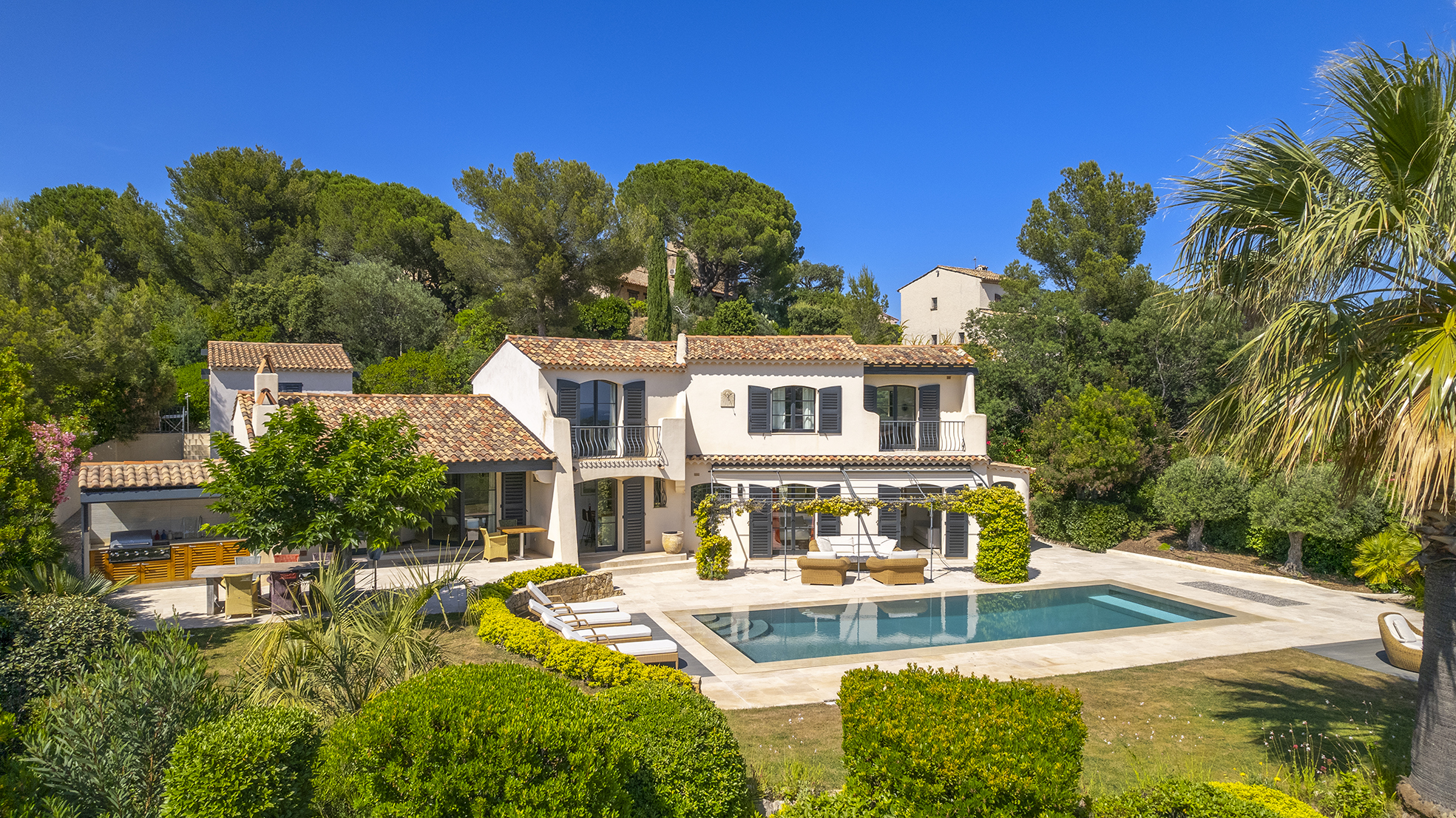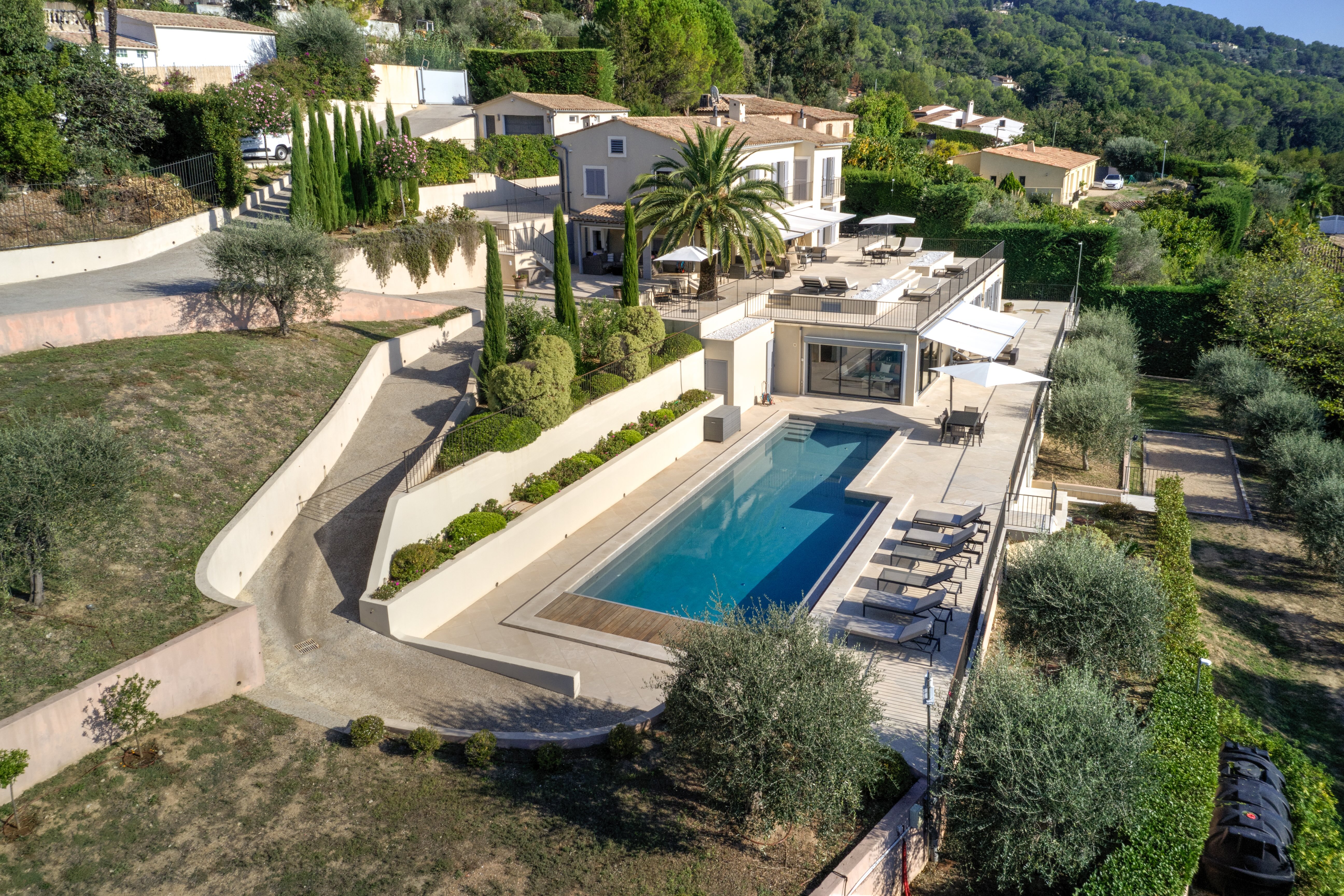Norwegians' confidence in the future significantly improved

In Norway, around 11,000 holiday homes are typically sold each year. Figures from the Prognosesenteret show that in 2023, only 9,170 holiday homes were sold, a decrease of 17% from 2022. In the pandemic year of 2021, a whopping 16,700 holiday homes were sold. The significant decline came in the construction of new cabins, with only 3,000 new cabins started in 2023, a decrease of over 40% from 2022. Inland cabins saw the largest price drop at 22% compared to 2022. Mountain cabins followed with a 16% decrease, and seaside cabins with a 10% decrease. Generally, prices have returned to pre-pandemic levels, but there is significant variation: Eiendom Norge's statistics show that prices remain stable at the popular destinations. At the same time, the number of transactions for holiday homes over 10 million NOK are increasing, indicating that properties in this price range are holding up well even during downturns.
During the December monetary policy meeting, Norges Bank made it clear that they expected the rate hike then to be the last, and that by the summer of 2024, the first rate cut could be expected. At the interim meeting in January, Norges Bank kept the rate stable. We are seeing trends indicating that more Norwegians are waiting for the first rate cut. NRK recently reported that according to Finans Norge's Expectations Barometer, Norwegians' expectations for their own economy are improving, indicating that household confidence in the future has already significantly improved compared to the end of 2023.
The environmental footprint of holiday homes has become a top national topic, following NRK's extensive documentation of the uncontrolled development in Norwegian nature, both through several reports and Bård Tufte Johansen's documentary series 'Oppsynsmannen'. It is clear from this documentation that cabin development accounts for a significant part of the degradation of nature. The consideration of local business interests and municipal autonomy contributes to a zero-sum game, continuing the downward trend. Nature must yield to jobs that primarily contribute to building anew. In several opinion pieces in Norwegian media, including Finansavisen and Dagens Næringsliv, several voices advocate for more sharing of the cabins we already have.
Co-ownership and sharing of cabins are already well established in Norway and have existed for generations: The approximately 450,000 cabins in Norway actually have over 600,000 owners. Most cabins are owned together with family or have been inherited. Facilitated co-ownership through professional actors can help more families fulfill their cabin dreams by owning together with others, but only experience all the positive aspects of owning a cabin. Through co-ownership, we can preserve Norway's strong cabin culture, protect nature, and actually create more local jobs through increased and more even presence at the cabins.
We closely monitor how the market is developing, and we will continue to share updates regularly. We welcome you to contact us if you have any questions or would like to take a closer look at a holiday home.
Photo: Gunnar Lier, Dagens Næringsliv
How does sharing a cabin contribute positively to the local community?


How does the &Hamlet app work?
Discover the beauty of the mountains all year round.


Find your dream home
Explore fantastic homes and get the latest tips.






.png)